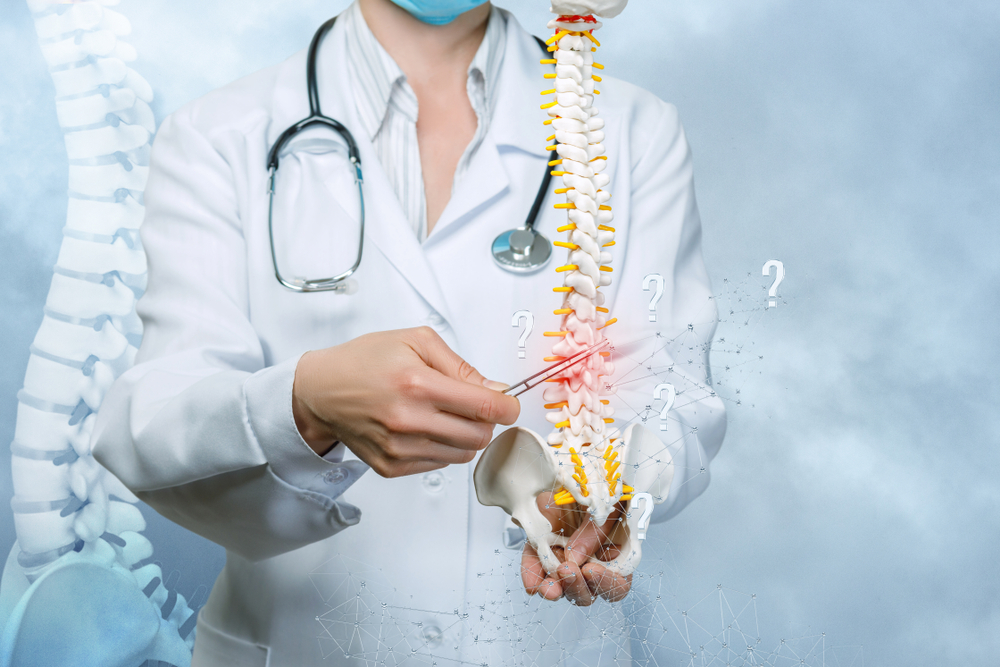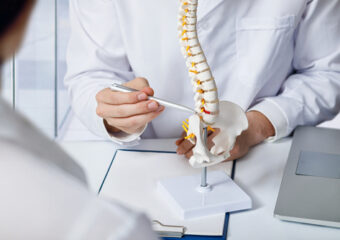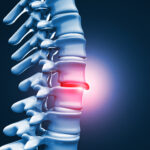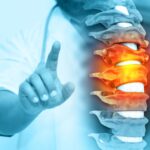
Lumbar Stenosis

Spinal stenosis describes narrowing inside the spinal canal and mainly occurs from a combination of aging and degenerative changes in the spine. Wear and tear on the parts of the spine can cause discs to bulge, spine ligaments to thicken, and joints near the spinal canal to become enlarged.


These can take up space inside the spinal canal and put pressure on the spinal nerves. Changes like these mostly affect people over 60 years of age. However, spinal stenosis also occurs in younger people who have abnormally small spinal canals from birth. Spinal stenosis usually causes back pain and leg pain that comes and goes with activities, such as walking.
Stenosis can occur in all areas of the spine, but it is most common in the lumbar spine. The spinal canal is a tube within the bones of the spinal column. The spinal cord and spinal nerves are normally protected inside this bony tube. Bordered by bone and tough ligaments, the spinal canal cannot expand when something crowds the space within the canal. Normally there is space between the spinal cord and the edges of the surrounding spinal canal.
Book an appointment
"*" indicates required fields







